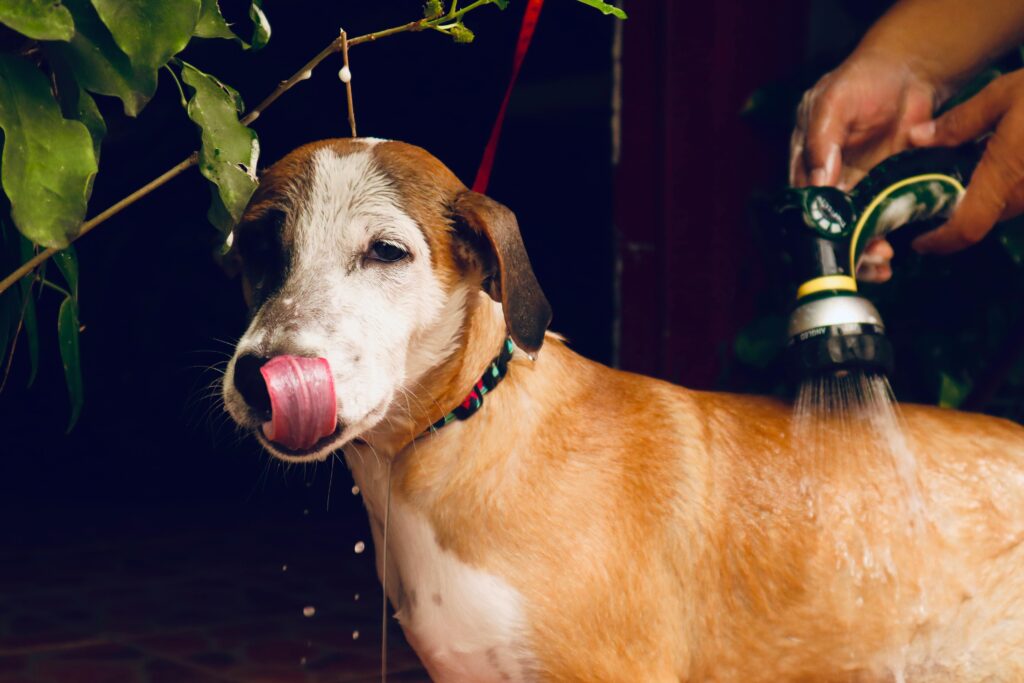Introduction
If you’re a pet owner, you’ve likely heard about spaying and neutering. But with so much information (and misinformation) out there, it’s natural to wonder: Is it safe? Will it change my pet’s personality? Are there any risks?
Spaying and neutering are among the most common and safest veterinary procedures, offering health benefits, behavioral improvements, and population control advantages. However, as with any surgery, there are some risks. This article will break down the procedure, benefits, potential complications, and what veterinarians have to say—so you can make an informed decision for your pet.
What Is Spaying and Neutering?
Spaying (For Female Pets)
Spaying, also known as an ovariohysterectomy, is the surgical removal of a female pet’s reproductive organs (ovaries and uterus). This procedure eliminates the ability to reproduce and prevents heat cycles.
Neutering (For Male Pets)
Neutering, or castration, is the removal of a male pet’s testicles. This prevents reproduction and reduces hormone-driven behaviors like roaming and aggression.
The point is that Spaying involves surgically removing the ovaries, and often the uterus, from a female animal, while neutering refers to the surgical removal of a male animal testes.
Common Myths About Spaying & Neutering
- “It’s unnatural.” In reality, domesticated pets face different challenges than wild animals. Preventing unwanted pregnancies and health risks is a responsible choice.
- “My pet will become lazy or fat.” While metabolism may slow slightly, proper diet and exercise prevent weight gain.
- “It’s better to let a female have one litter first.” There is no medical benefit—spaying before the first heat cycle significantly reduces the risk of mammary cancer.
Is Spaying or Neutering Safe?
How Safe Is the Procedure?
Spaying and neutering are extremely safe when performed by a qualified veterinarian. The complication rate is low, and most pets recover quickly. Thanks to advancements in veterinary medicine, modern anesthesia, and surgical techniques, risks are minimal.
What Are the Risks?
While complications are rare, here are some potential risks:
- Mild swelling or redness at the incision site (common and usually resolves on its own).
- Infection (preventable with proper post-operative care).
- Reactions to anesthesia (extremely rare with proper screening).
- Post-surgical pain (easily managed with vet-prescribed pain medication).
The good news? Severe complications are rare, and most pets recover within 7-14 days with proper care.
Why You Should Spay or Neuter Your Pet
Health Benefits
- Prevention of life-threatening diseases:
- Spaying eliminates the risk of uterine infections (pyometra) and reduces the risk of mammary tumors.
- Neutering prevents testicular cancer and reduces the risk of prostate issues.
- Longer lifespan: Studies show spayed and neutered pets live longer due to fewer health risks.
- Reduced risk of behavioral problems: Less aggression, roaming, and marking behavior.
Behavioral Benefits
- Reduces aggression and dominance-related behaviors in males.
- Prevents excessive howling, yowling, and spraying in cats.
- Reduces the instinct to roam, preventing accidents or fights with other animals.
Population Control
- Millions of pets end up in shelters every year, with many being euthanized due to overpopulation.
- Spaying and neutering help prevent unwanted litters, reducing the number of homeless animals.

When Should You Spay or Neuter?
Best Age for Surgery
| Pet Type | Recommended Age |
|---|---|
| Cats | 4-6 months |
| Small & Medium Dogs | 6 months |
| Large-Breed Dogs | 12-18 months |
| Older Pets | Can still be spayed/neutered with vet assessment |
Why does timing matter?
- Spaying before the first heat cycle in females drastically lowers cancer risks.
- For large-breed dogs, waiting until full growth may reduce joint issues.
What Happens During the Surgery?
Before Surgery: Preparing Your Pet
- Fasting: No food for 8-12 hours before surgery.
- Health Check: The vet ensures your pet is healthy for anesthesia.
- Vaccinations: Pets should be up-to-date on shots to prevent infections.
Step-by-Step Overview of the Surgery
- Anesthesia is given so your pet is unconscious and pain-free.
- The surgical area is shaved and cleaned to maintain sterility.
- Surgery begins:
- Spaying: A small incision is made in the abdomen, and the ovaries and uterus are removed.
- Neutering: A small incision is made in the scrotum, and the testicles are removed.
- The incision is closed with stitches, surgical glue, or dissolvable sutures.
- Your pet is monitored as they wake up from anesthesia.
After Surgery: Recovery and Care
- Keep your pet calm: No jumping or running for at least a week.
- Use an Elizabethan collar (cone) to prevent licking the incision.
- Monitor the incision site for redness, swelling, or discharge.
- Provide pain medication as prescribed by your vet.
Full recovery takes about 10-14 days, though most pets start feeling better in just a few days!
Common Myths Debunked
| Myth | Reality |
|---|---|
| “My pet will get fat.” | Diet and exercise control weight, not the surgery. |
| “It’s better to let my female have one litter first.” | Spaying before the first heat significantly reduces cancer risk. |
| “It will change my pet’s personality.” | Your pet remains the same—only hormone-driven behaviors decrease. |
| “It’s dangerous.” | With modern veterinary care, spaying/neutering is extremely safe. |
Alternative Options to Spaying & Neutering
| Procedure | Pros | Cons |
|---|---|---|
| Vasectomy (Males) | Prevents reproduction without hormone changes | Does not reduce unwanted behaviors |
| Hysterectomy (Females) | Prevents pregnancy but keeps heat cycles | Does not lower risk of hormone-related cancers |
| Chemical Sterilization | Non-surgical | Still experimental and not widely available |
Traditional spaying and neutering remain the safest and most effective options.
How Much Does It Cost?
- Cats: $50 – $200
- Dogs: $75 – $500 (large breeds may cost more)
- Low-Cost Clinics: Many shelters offer affordable programs.
Why It’s Worth It:
- Prevents costly medical treatments for reproductive-related diseases.
- Saves money on unexpected litters and pet care expenses.
Final Thoughts
Spaying and neutering are safe, routine, and beneficial for your pet’s health, behavior, and longevity. While risks exist, they are minimal compared to the significant health benefits these procedures offer.
If you’re unsure about the best timing or have concerns, talk to your vet. They can guide you through the process and help ensure the safest experience for your furry friend.
FAQs
1. Will my pet be in pain?
No. They’ll be under anesthesia during surgery, and pain medication helps with recovery.
2. Will my pet gain weight after being spayed/neutered?
Not if you control their diet and ensure regular exercise!
3. Can older pets be spayed/neutered?
Yes, but they may need extra care and health checks beforehand.
4. How long does recovery take?
Most pets recover in 7-14 days, with the first few days being the most critical.
5. Are there alternatives to surgery?
Yes, but traditional spaying/neutering is the safest and most effective method.
Please don’t forget to leave a review.




